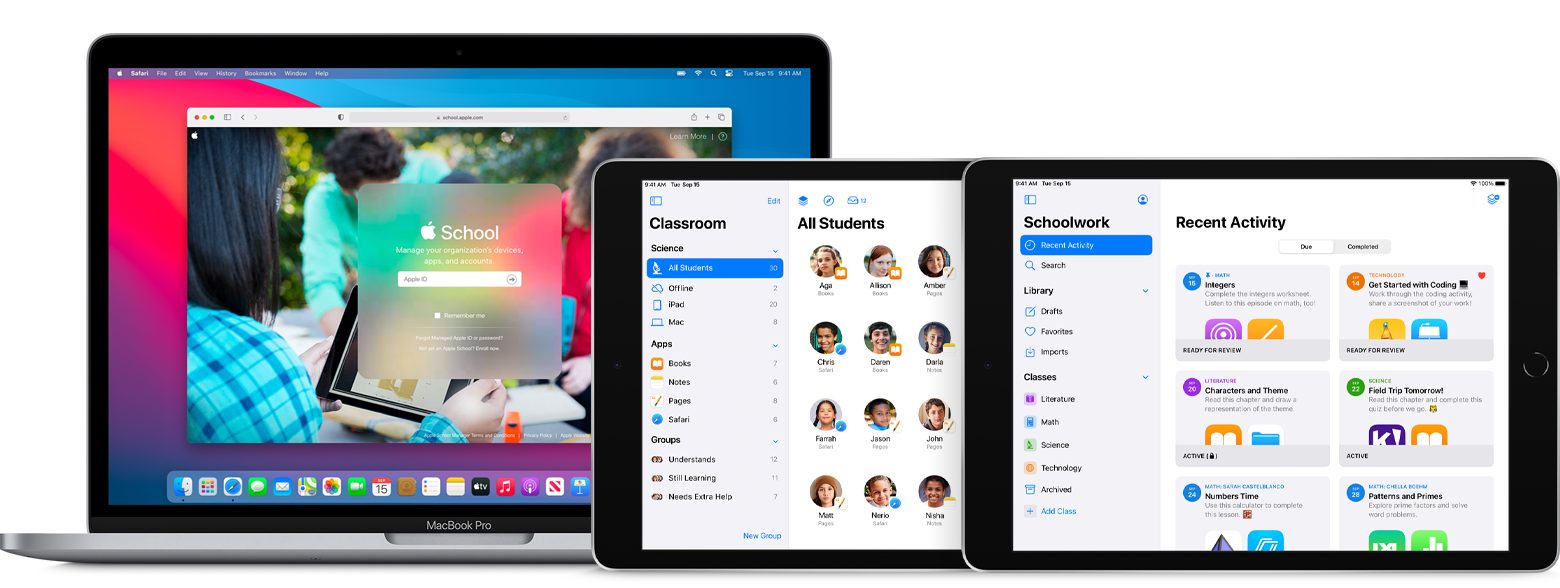

For professional photographers cataloging paid work, there’s a fear of deleting the shot that we would ultimately have come back to edit into the best of the batch. Sometimes we tend to hang on to entire batches that were taken at the same time, when less than half of those images are actually significant.

Seeing where you physically were when a photo was taken, simply by opening up the image’s data, will jog your memory if you’re struggling to identify the right folder or category for a particular image. This is where geolocation comes in handy, as well. Technology is getting scary good at recognizing which faces belong to the same person, regardless of the angle or lighting. Facial recognition, if you’re using a software that offers it, will be your very best friend when it comes to portraits and family memories (albeit one that might creep you out a little). Sometimes your camera, computer, or photo library will do some of the work for you. More importantly, by naming that attribute in the form of a tag, keyword, or label, you can call up any other images in your library that share it (as long as you’ve taken the time to label or tag those images as well).

You’re labeling attributes or subject matter in that picture so that in the future, you can recall that picture based on one of those things. It’s the same general idea as tagging photos on Facebook or in a looser sense, using a hashtag on Instagram. Labeling them with keywords is more of a way to connect photos across different categories, which makes it easy to recall the ones you want when you’re ready. Folders are a way of grouping and categorizing your images. That’s because a lot of people don’t really understand how systems like keywords, tags, and labels work. This may seem redundant after talking about folders.


 0 kommentar(er)
0 kommentar(er)
